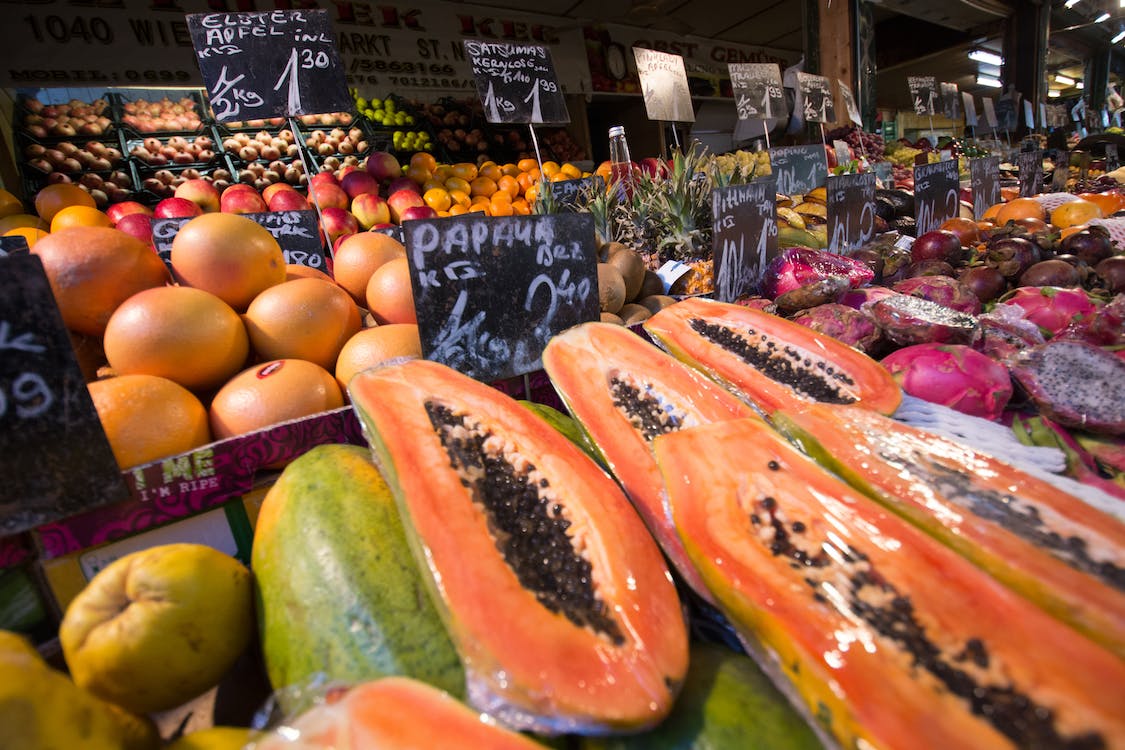September, with its balmy days, serves as a perfect backdrop for National Papaya Month, a celebration of the lush and flavorful papaya fruit. Native to the tropics of the Americas and often referred to as the “fruit of angels” by Christopher Columbus, papayas are not just a treat for the palate but also a repository of health benefits. Rich in vitamins, enzymes, and antioxidants, they are known to boost the immune system, aid digestion, and promote better heart health. But beyond its nutritional profile, National Papaya Month also turns the spotlight onto the dedicated farmers. These hardworking individuals navigate the challenges of tropical agriculture to ensure that every papaya harvested meets the highest standards of quality. Their efforts bridge the gap between tropical orchards and global markets, enabling people everywhere to savor this exotic fruit. This month is an invitation to both appreciate the myriad health advantages of papayas and to express gratitude to those who cultivate them, ensuring that this tropical delight remains a staple in fruit bowls worldwide.
Quick Facts:
- Gendered Plants: Papaya plants can be male, female, or hermaphroditic. Usually, only the female and hermaphroditic plants produce fruit.
- GMO Varieties: Due to a virus affecting papaya crops, genetically modified (GMO) papayas have been created and are now predominant, especially in areas like Hawaii.
- Skin Care: Papaya, when used topically, can act as a natural exfoliant, thanks to the enzyme papain.
- Digestive Health: Papayas are often recommended for those with digestive problems, as they can aid in digestion and reduce constipation.
- Cultural Significance: Papayas hold cultural and traditional significance in many cultures, used both in traditional dishes and in natural medicine.
History of National Papaya Month
National Papaya Month is a tribute to the vibrant papaya fruit, whose journey began in the fertile soils of Central America and Southern Mexico. From its historical roots, the papaya has been more than just a tropical treat; it’s been a symbol of health, vitality, and cultural exchange. As trade routes expanded and cultural interactions intensified, the papaya was introduced to various regions, quickly winning hearts with its sweet taste and buttery texture. Today, it graces kitchens worldwide, showcasing its versatility in salads, smoothies, desserts, and even savory dishes. Beyond its taste, papayas are a treasure trove of nutrients, rich in vitamin C, folate, and beneficial enzymes like papain, known to aid digestion. National Papaya Month not only promotes these health benefits but also underscores the fruit’s significance in global agriculture. It celebrates the farmers, researchers, and trade networks that have worked collectively to innovate cultivation methods, optimize harvests, and ensure papayas reach consumers fresh and ripe. Through this observance, we are reminded of the intricate tapestry of history, trade, and culinary innovation that has made the papaya a beloved fruit on global dining tables.
Significance of National Papaya Month
Health Benefits: Papayas are a rich source of Vitamin C, Vitamin A, folate, and fiber. The fruit also contains an enzyme called papain, which aids digestion.
Economic Impact: Papaya farming provides livelihoods to thousands of farmers globally, particularly in tropical and subtropical regions.
Culinary Versatility: Beyond enjoying it fresh, papayas can be used in salads, smoothies, desserts, and even certain savory dishes.
Promotion of Sustainable Farming: The month sheds light on organic and sustainable papaya farming practices that protect the environment and ensure consumer safety.
Ways to Celebrate National Papaya Month
Savor the Fruit: Purchase fresh papayas from your local store or farmer’s market and enjoy them in various dishes.
Host a Papaya-themed Party: Organize a brunch or dinner centered around papaya-inspired recipes.
Share Recipes: Share your favorite papaya recipes on social media, or try new ones from renowned chefs and home cooks.
Educate Yourself: Learn about the journey of papayas from farm to table, understanding the hard work involved in the process.
Support Farmers: If possible, buy directly from local farmers or choose brands that ethically source their papayas.
Attend Workshops: Participate in workshops that showcase the benefits of papayas and teach innovative ways to incorporate them into daily diets.
Fun Facts:
- Papayas were called the “fruit of the angels” by Christopher Columbus.
- Hawaii is the only U.S. state where papayas are commercially grown.
- The papaya plant is technically a large herb, not a tree.
- The papaya is known as a “pawpaw” or “papaw” in some parts of the world.
- Green papayas, which are unripe, are used in various dishes, especially in Southeast Asian cuisines.
FAQs:
What is National Papaya Month?
National Papaya Month is a celebration dedicated to raising awareness about the health benefits, culinary uses, and significance of the papaya fruit.
Where do papayas originate?
Papayas are believed to have originated in Central America, particularly in southern Mexico and neighboring Central American countries.
What are the health benefits of papayas?
Papayas are rich in vitamin C, vitamin A, folate, and various antioxidants. They contain an enzyme called papain, which aids digestion.
How is papaya consumed?
Papaya can be eaten raw, added to smoothies, used in salads, or used as a meat tenderizer due to its enzyme content.
Can the entire papaya be consumed?
While the fruit’s flesh is commonly consumed, the seeds are also edible, albeit with a stronger, peppery flavor. The leaves can be used for medicinal purposes.
